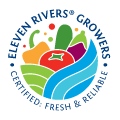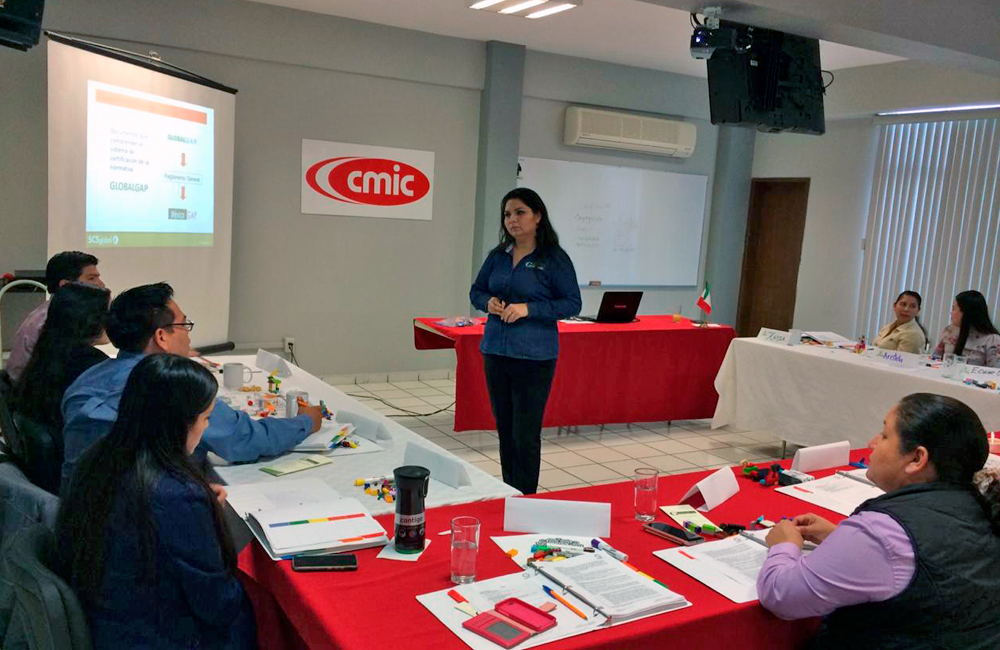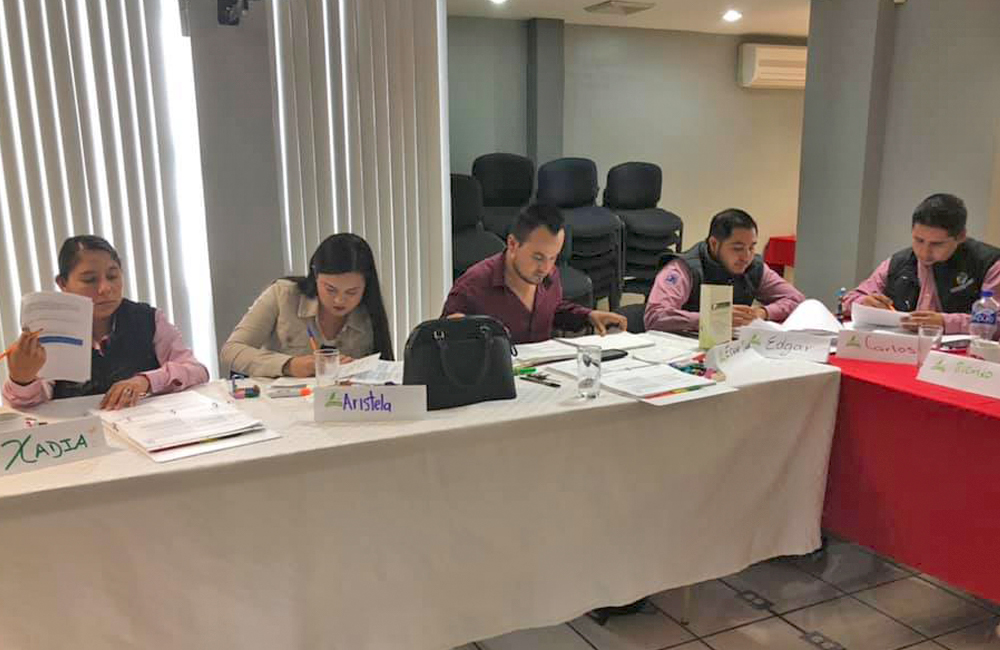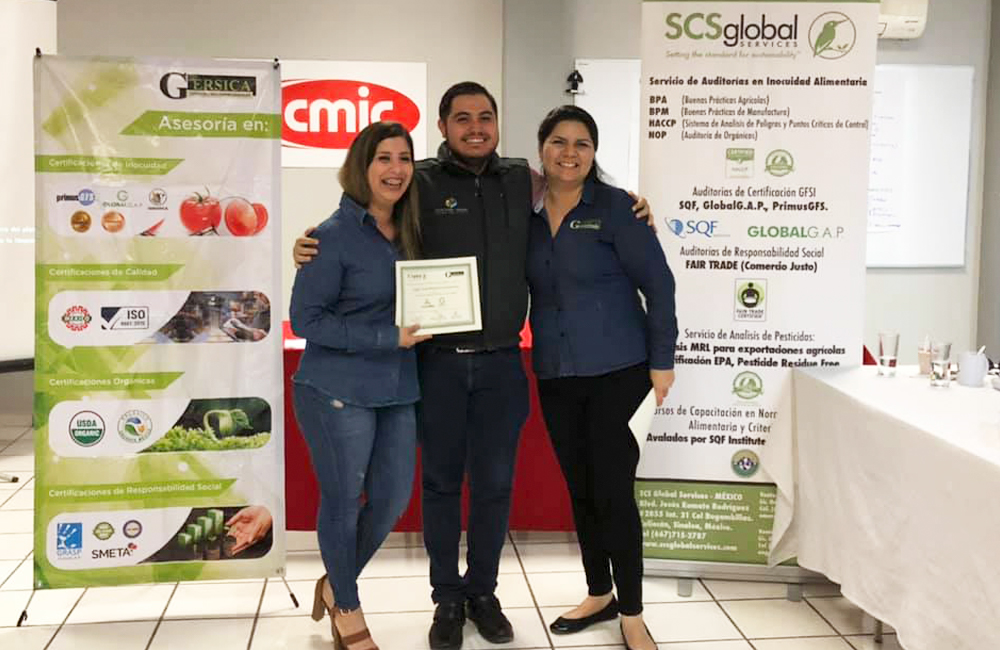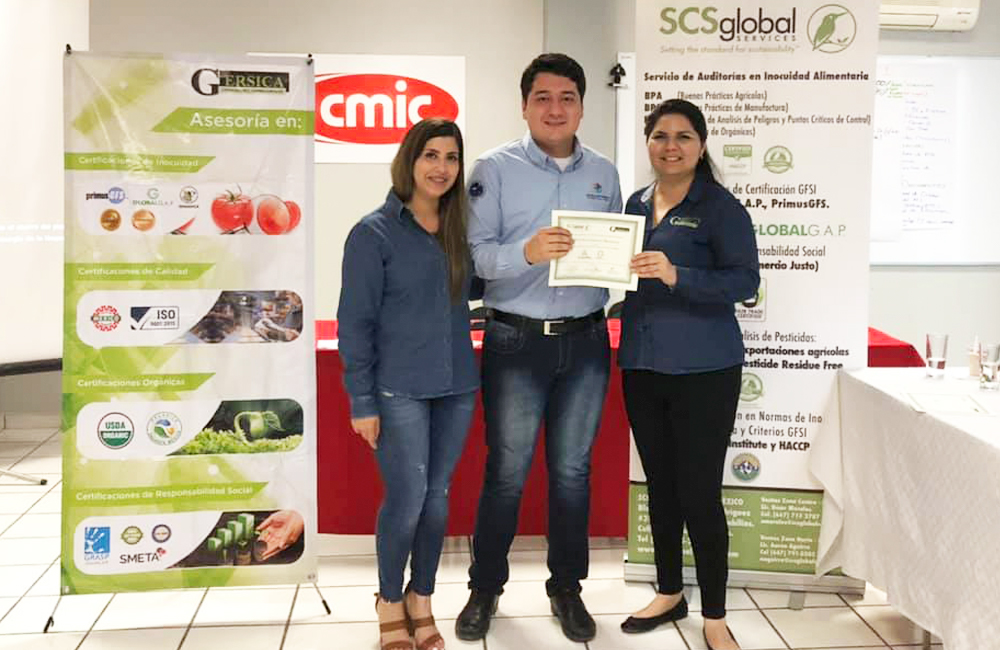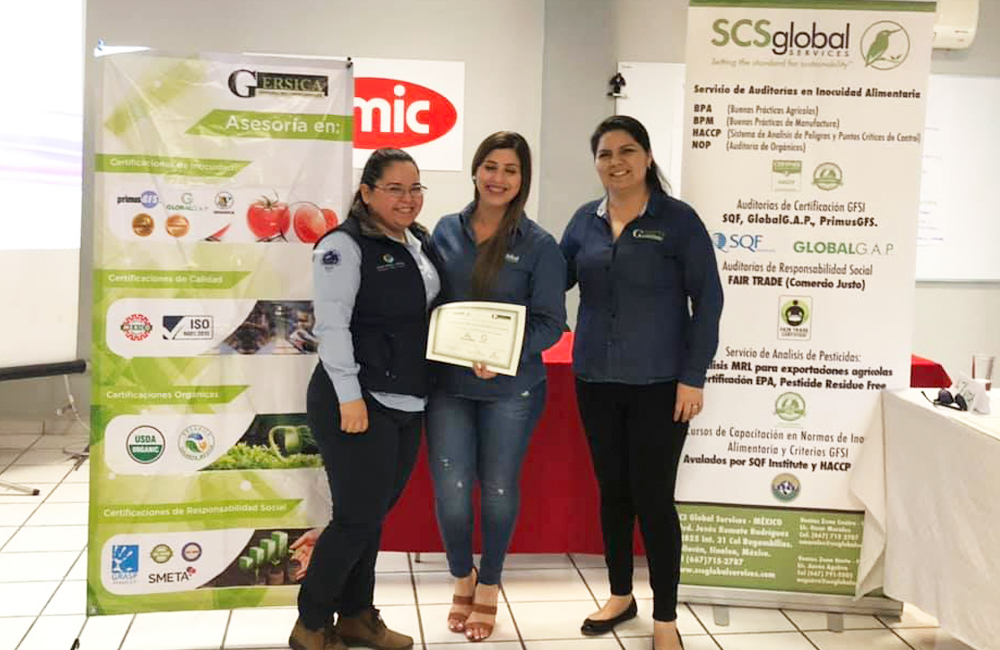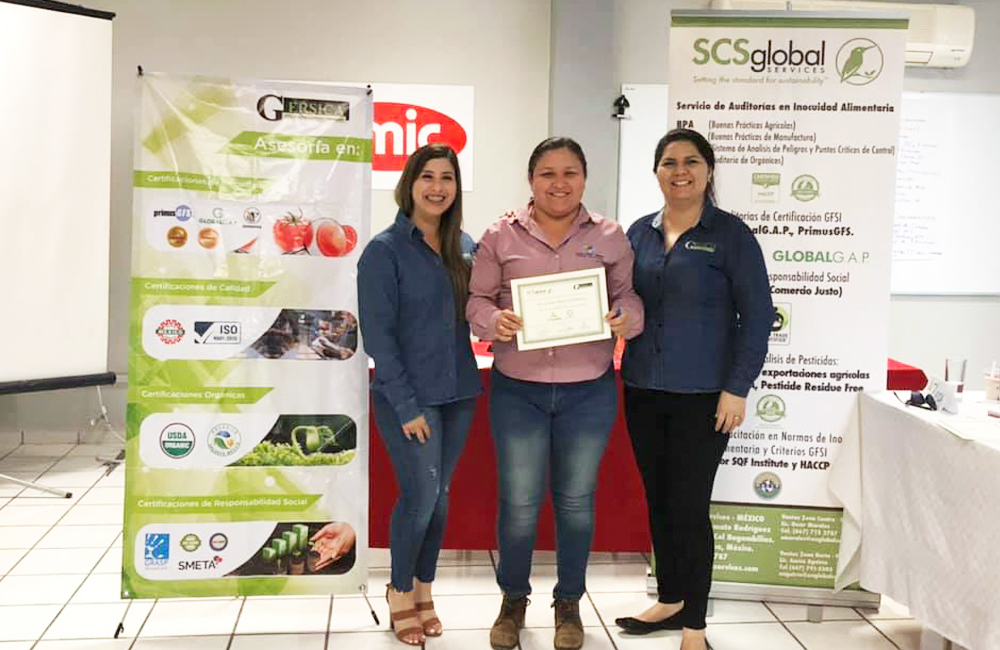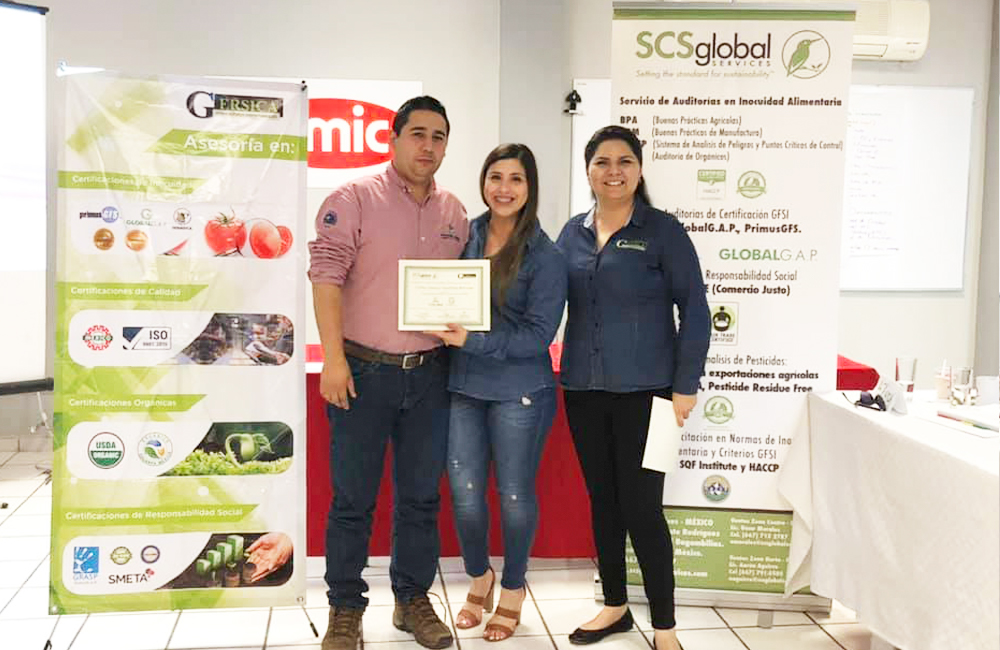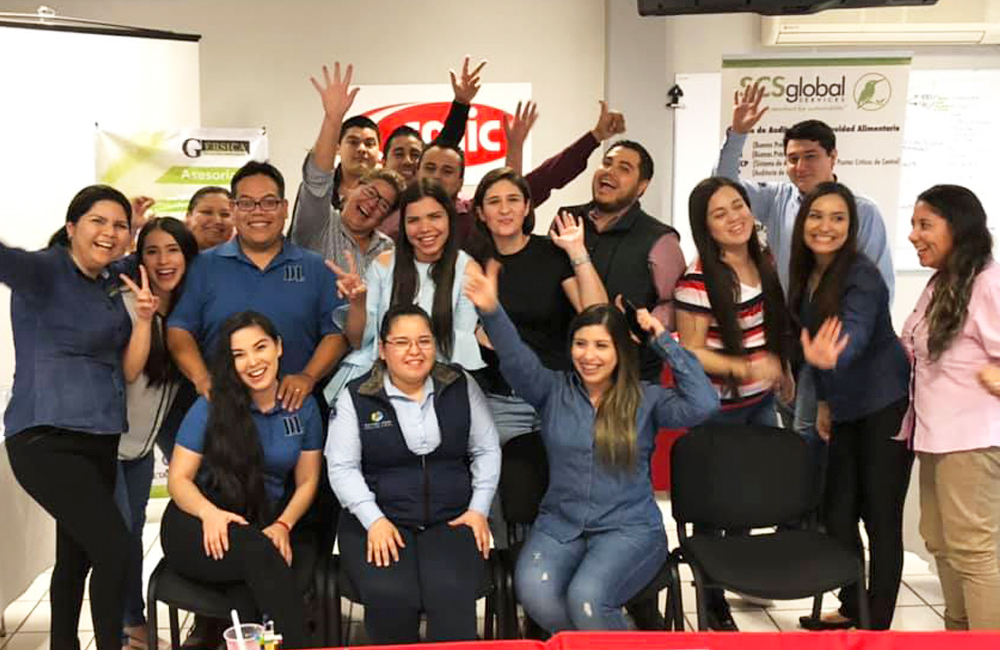Eleven Rivers Growers technical staff attended “Equivalence between FSMA and Global GAP v5.1 workshop”
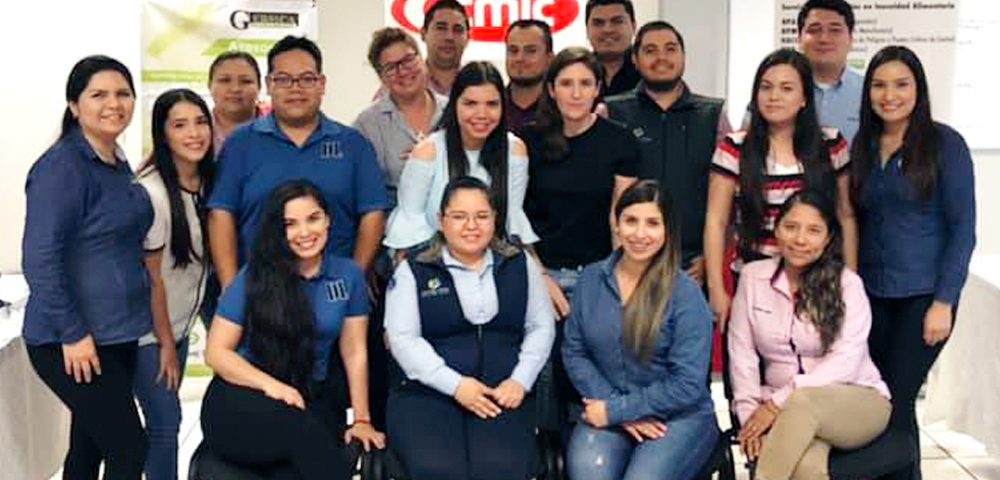
On March 13 and 14, the technical team of Eleven Rivers Growers attended the training on the FSMA Act equivalence and the new Global GAP version, which included an intro on the topic of Global GAP Risk Assessment on Social Practice (GRASP).
Our technical team is always looking to stay ahead in training subjects related to food safety and social responsibility certification schemes available, to provide our certified companies with the best technical advice and at the same time, evaluate the relevance, market trends, and changes in legislation to determine whether the Eleven Rivers Growers Certification Scheme v2.4 is aligned with these criteria.
Version 5.1 of the GLOBALG.AP standard, published in July 2017, has reviewed several aspects of the original standard, from the duration of inspections and audits, to the correct use of the logo and geographical coordinates, in order to achieve a more effective the certification process.
The changes introduced with this update are mandatory since October 2017. From this moment, all verifications and recertification audits must be performed using version 5.1 of the GlobalG.A.P IFA standard.
The changes regards to the previous version are summarized below:
Base Module for All Farm Types (AF): Compliance levels of control points on food fraud where updated (AF 16.1 and AF 16.2) – passed from recommendations to minor obligations – were increased so that they are aligned with other international reference standards.
Base Module for Crops (CB): Points CB 5.2.1 and CB 5.2.2 were changed, passing from minor obligations to major obligations. With the publication of Version 5, it had already been indicated that these points would change in 2017 to Major Obligations.
Detailed information was added on the application of substances that are not phytosanitary products and fertilizers (CB 7.11.1) to clarify the type of products included in this control point and the necessary records to demonstrate compliance with the point.
Fruits and Vegetables (FV) Module: point FV 4.1.2 (Quality of water used in pre-harvest activities) was divided into two separate control points (FV 4.1.2a and FV 4.1.2b) in order to facilitate the audit.
Another control point that changed its compliance level is FV 5.7.3 (from Recommendation to Minor Obligation). This point refers to the suitability of the laboratory that performs water analysis after harvest.
Hops certification
Another innovations presented in version 5.1 is the certification of a new sub-scope, the one for hops produced for brewing beer, complying with the following modules: Base Module for All Farm Types, Base Module for Crops and Hops.
Other significant changes to the Standard include:
Creation of two new sub-areas:
Hops produced for brewing beer, complying with the following modules: Base Module for all types of farm, base module for crops and hops.
Manufacture of animal food.
Unannounced Rewards Program: Possibility to offer operators Option I the possibility of availing themselves of this option. (Section 5.1.2.3, Part I. General Requirements, Section 5.3, Part III, Rules for Accreditation and Certification Bodies)
The Global gap logo no longer integrates the R symbol.
Independence and impartiality (Sections 3.4., 3.6, Part III, Rules for accreditation and certification bodies)
The same auditor may not inspect the same grower (Option 1) for 4 consecutive years (regardless of whether inspections / audits are announced or not). Under option 2, auditors of the audit team must rotate (no more than 4 years to audit the same group’s QMS, although the inspectors of the audit team may be the same.
Application: (Annex I.2, Part I. General Requirements)
The information requested in the Application Questionnaire “Latitudes North / South and East / West longitudes or another form of geospatial coordinate at the ground or installation level goes from being a voluntary to mandatory information, when it is available.
The exclusion of the harvest should be indicated when it is not applicable, by product.
Audit conclusions: The grower’s signature can be replaced by a documentary or electronic confirmation. (Section 6.1. E) Part III. Rules for accreditation and certification bodies)
Final Audit Report: The content is defined (Section 6.1. I) Part III. Rules for accreditation and certification bodies). On this point I have to pass the review of the Final Audit Report format.


